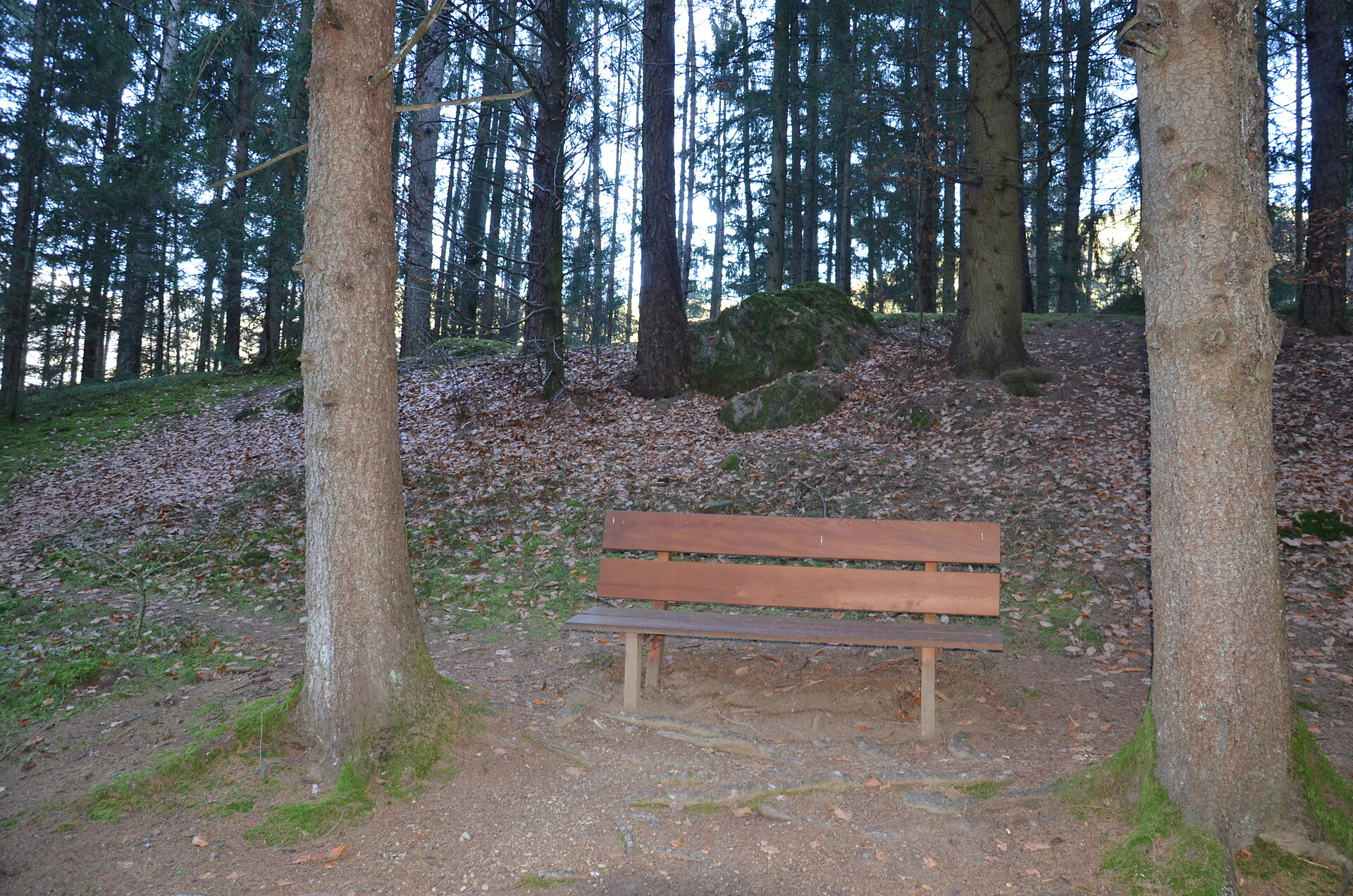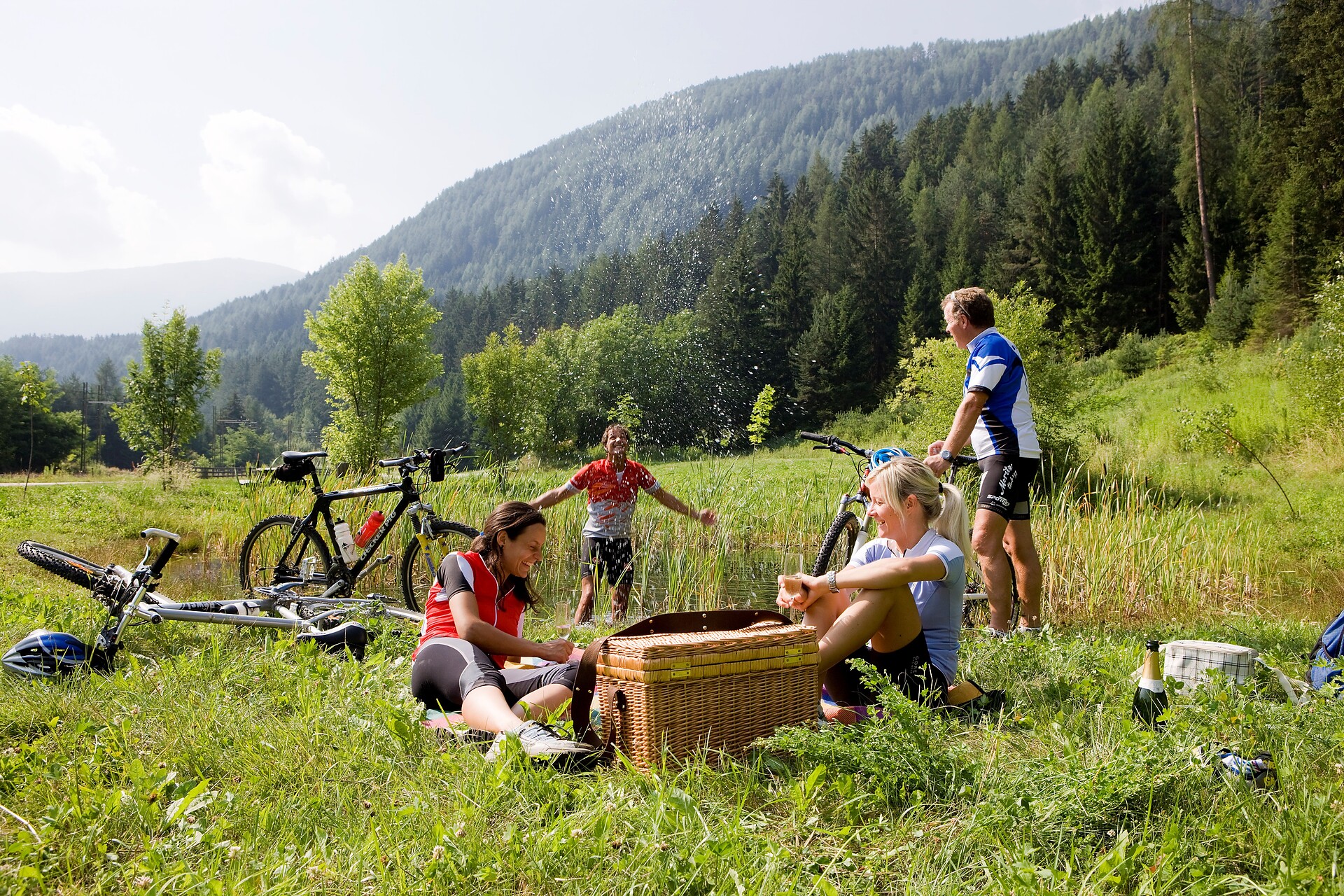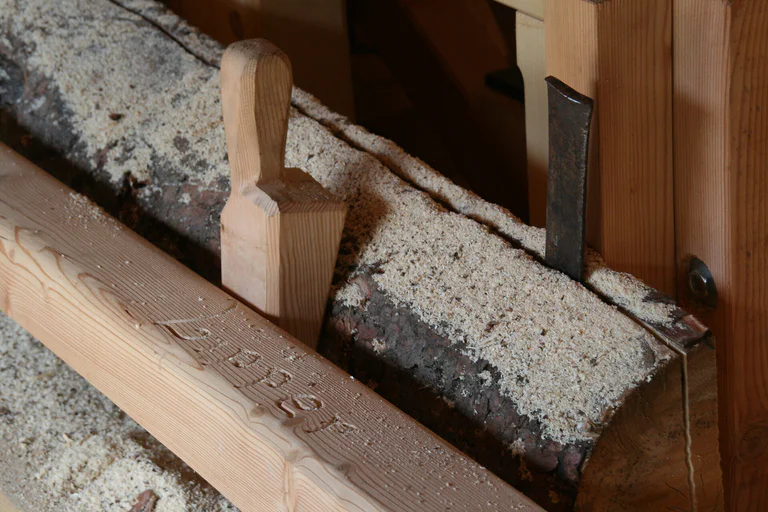In Brunico’s school quarter, the UFO Youth Center was built in order to meet the needs of the young people who use it, including its unconventional architectural language. The roof structure, which is encased in titanium plates and glass, can also be reached via a seemingly weightless exterior steel staircase and effectively gives the impression that an unidentified flying object has landed on the four-story building. The underlying plastered solid structure, with its “skewed” two-story, steel-and-glass entrance building, evokes the curiosity to enter. The full-height window walls and bright spaces are meant to make teenagers feel at home inside the building. The covered terrace and the tiered seating directly in front are further invitations to settle in and stay awhile. Definitely a refreshingly relaxed architecture.






























































































































